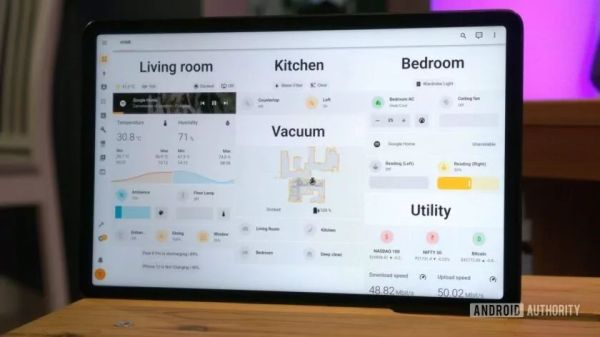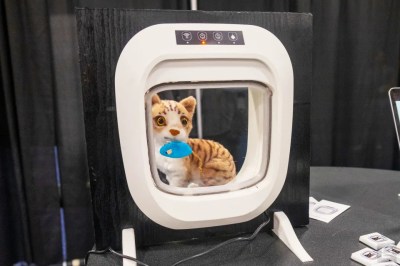After Microsoft announced in April of 2023 that they’d cease selling branded peripherals – including keyboards and mice – as part of its refocusing on Surface computers and accessories, there was an internet-wide outcry about this demise. Yet now it would seem that Microsoft has licensed the manufacturing of these peripherals to Incase, who will be selling a range of ‘Designed By Microsoft’ peripherals starting in 2024. Incase itself is a brand owned by Onward Brands, which is the portfolio manager for Incase and other brands.
Although Microsoft has been selling peripherals since the 1980s (with the Microsoft Mouse appearing in 1983), it seems that we now have to rely on this new company that is said to use the same suppliers as Microsoft did. As for what we can expect to see return with Incase, it’s effectively the same assortment of items that Microsoft was selling at the beginning of 2023, so we will likely not see the return of the Natural 4000 or other peripherals that saw their life cut short before this.
If Incase does manage to relaunch these products this year, which items would you be most interested in purchasing, and how many dozens of those did you manage to stock up on in April when the news broke?



















